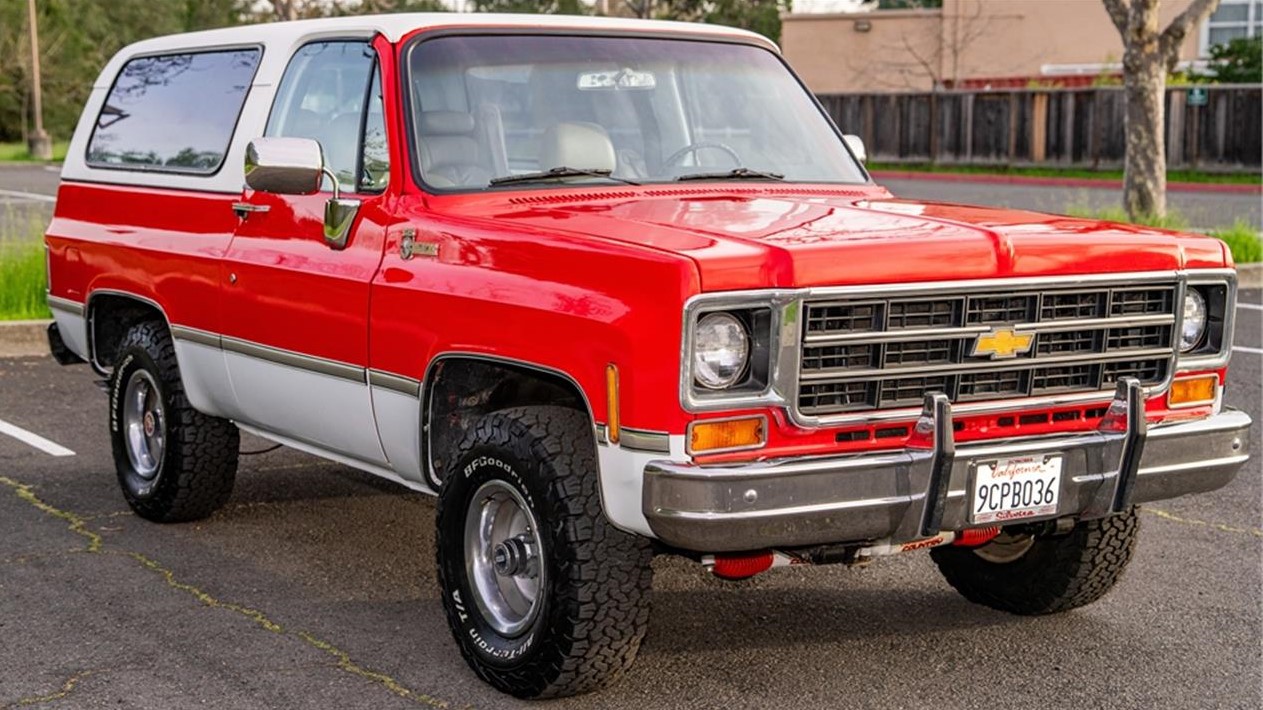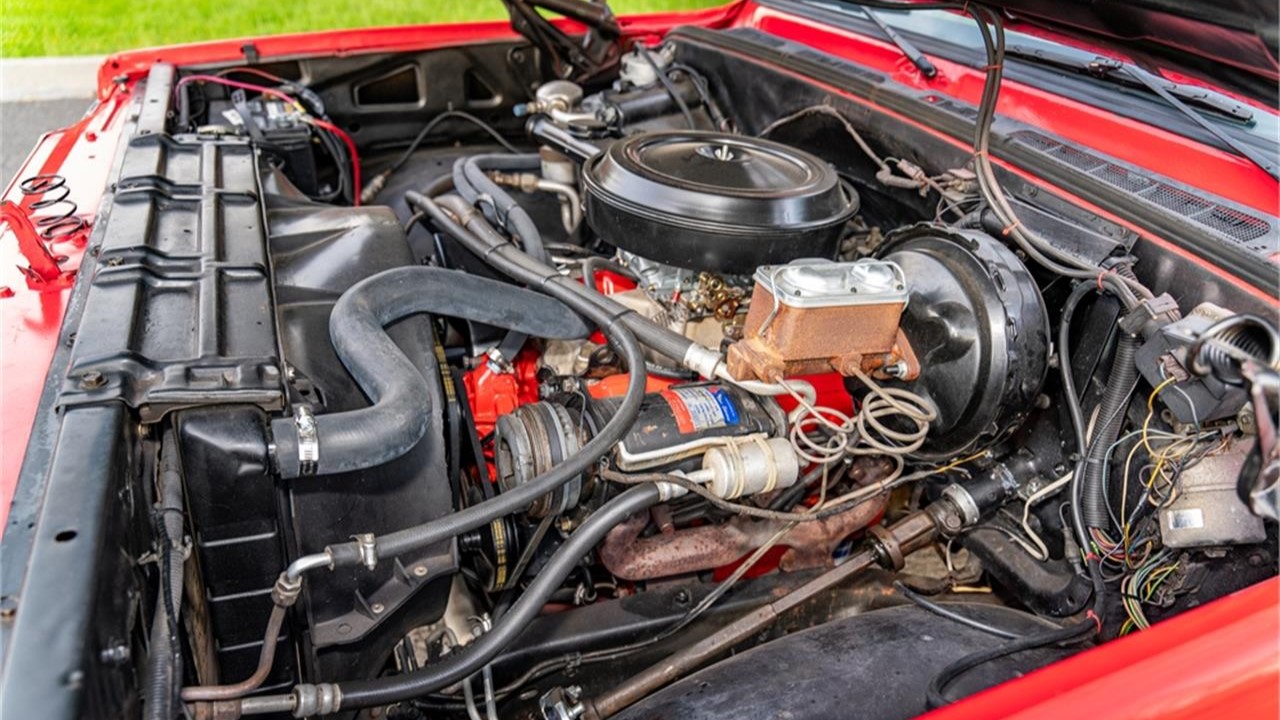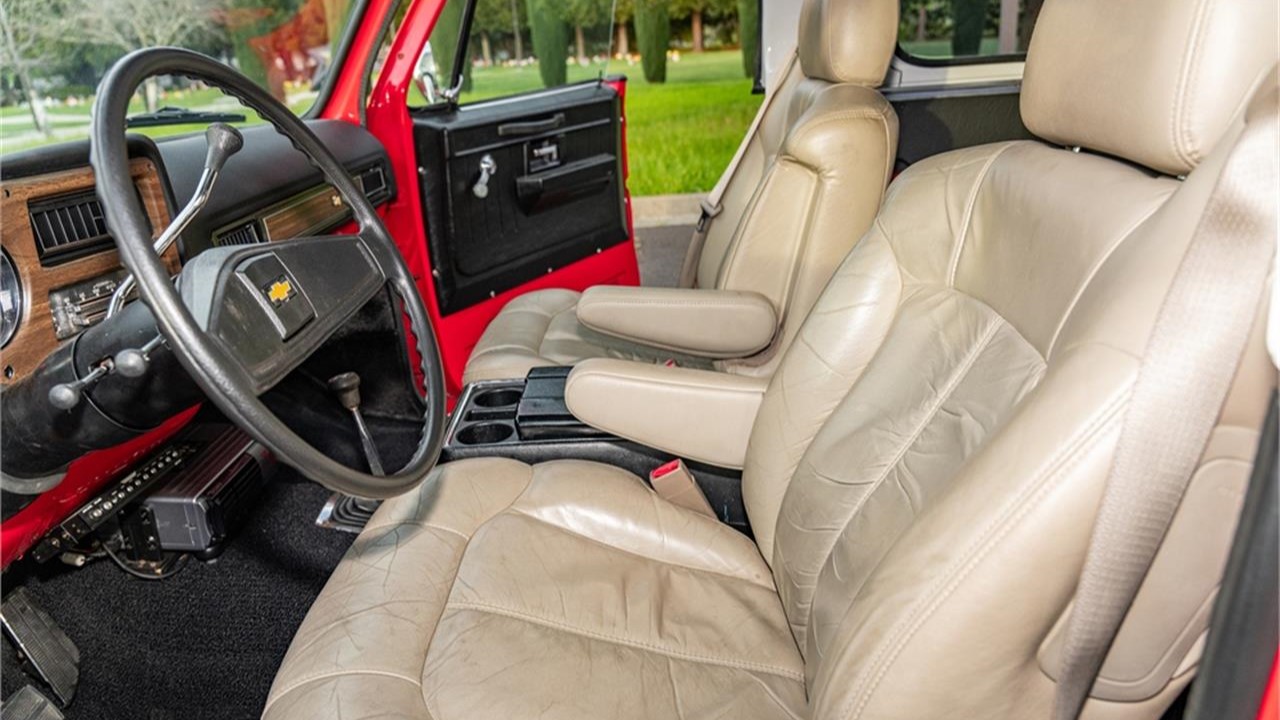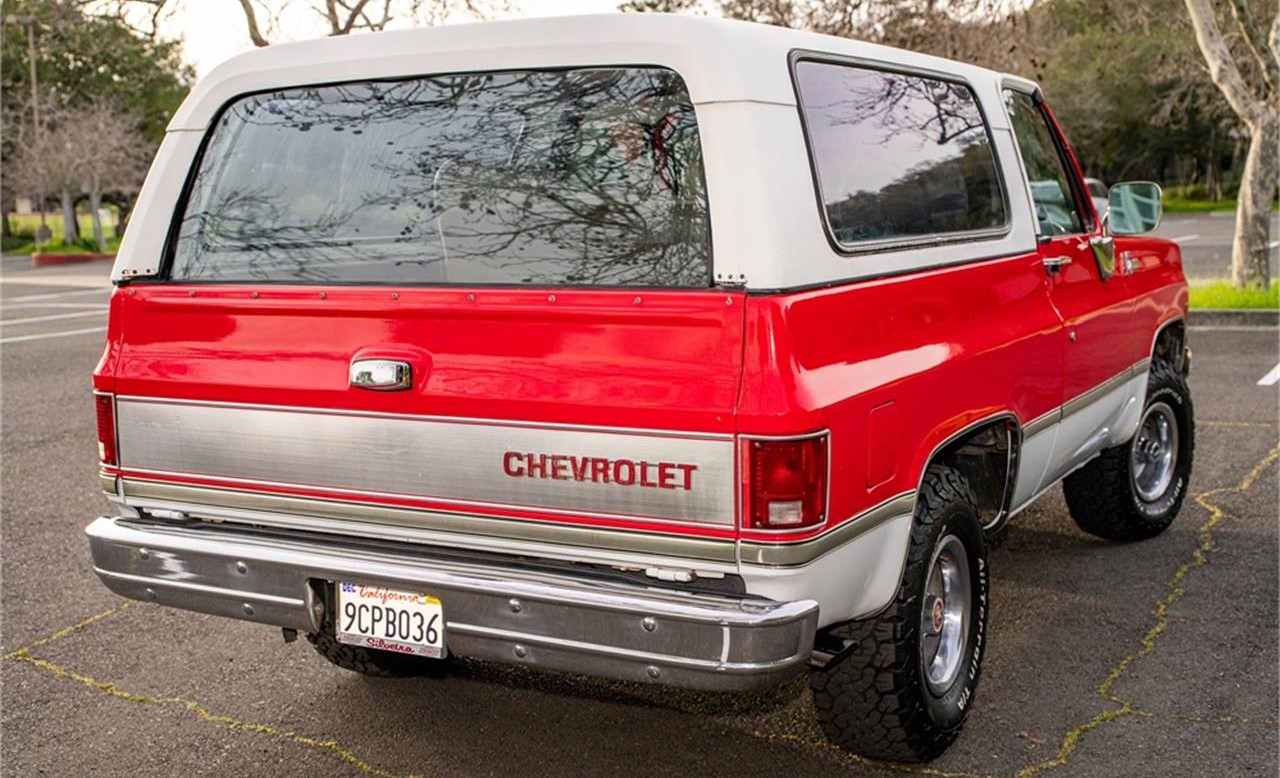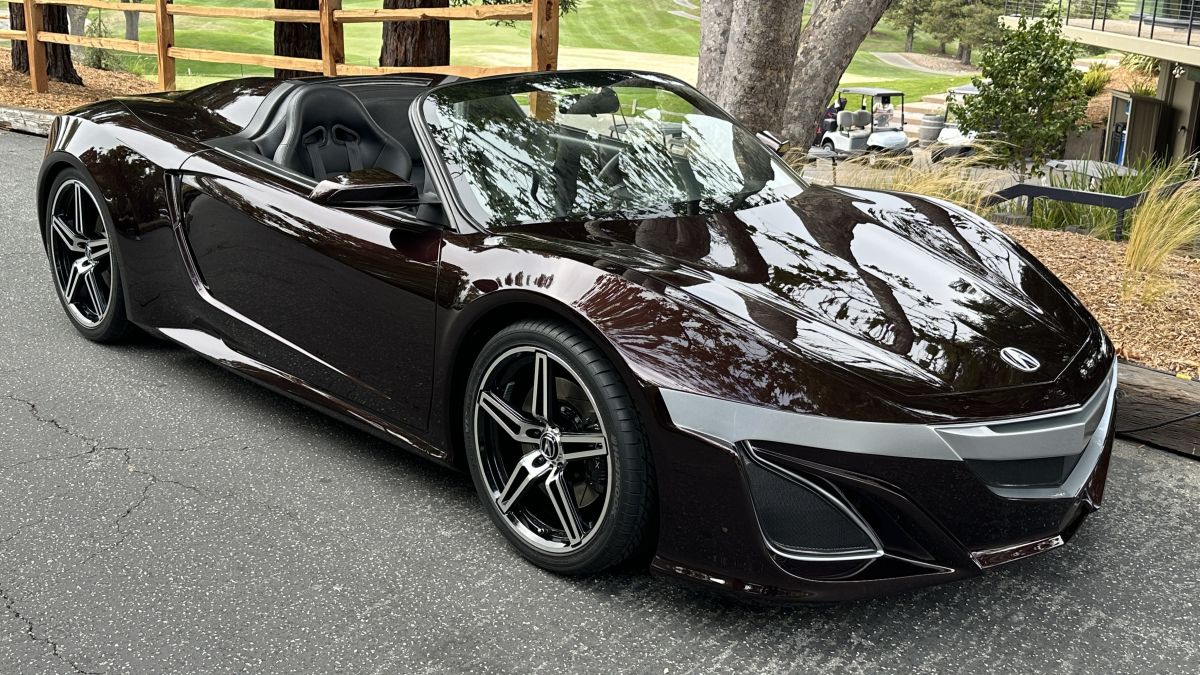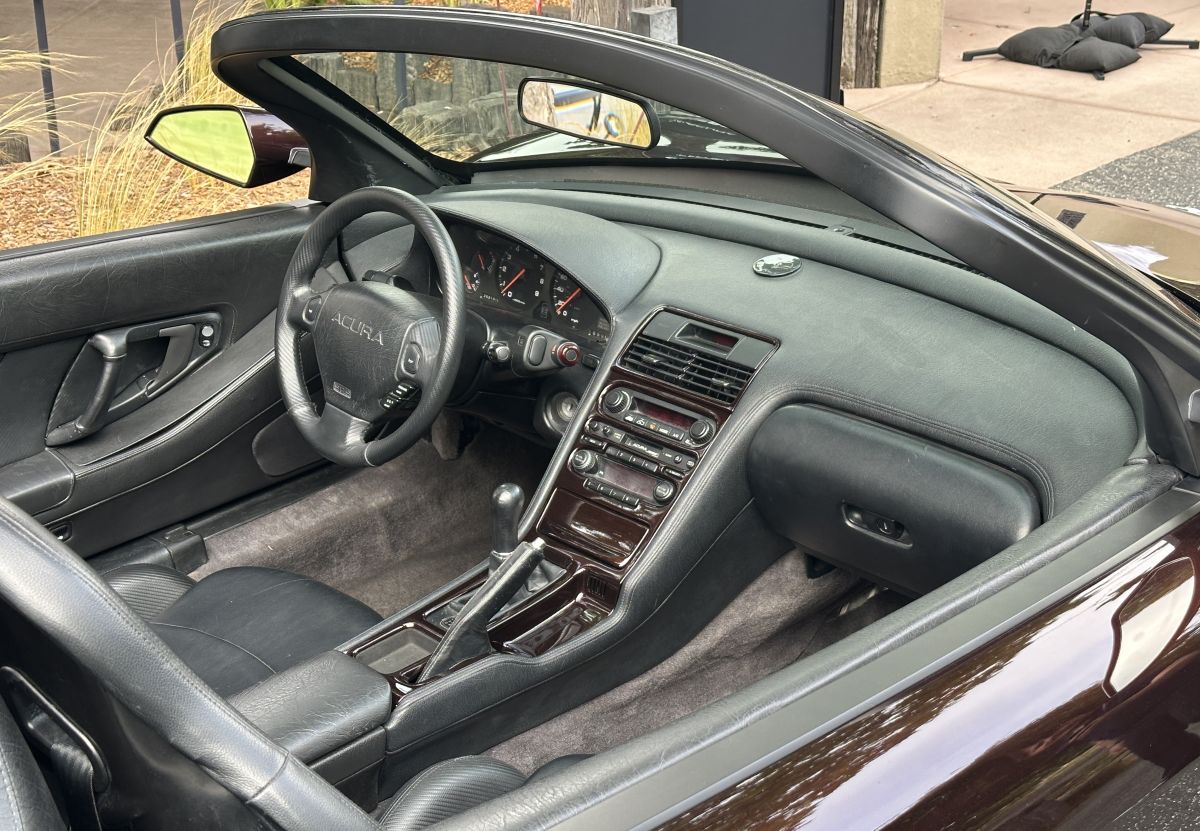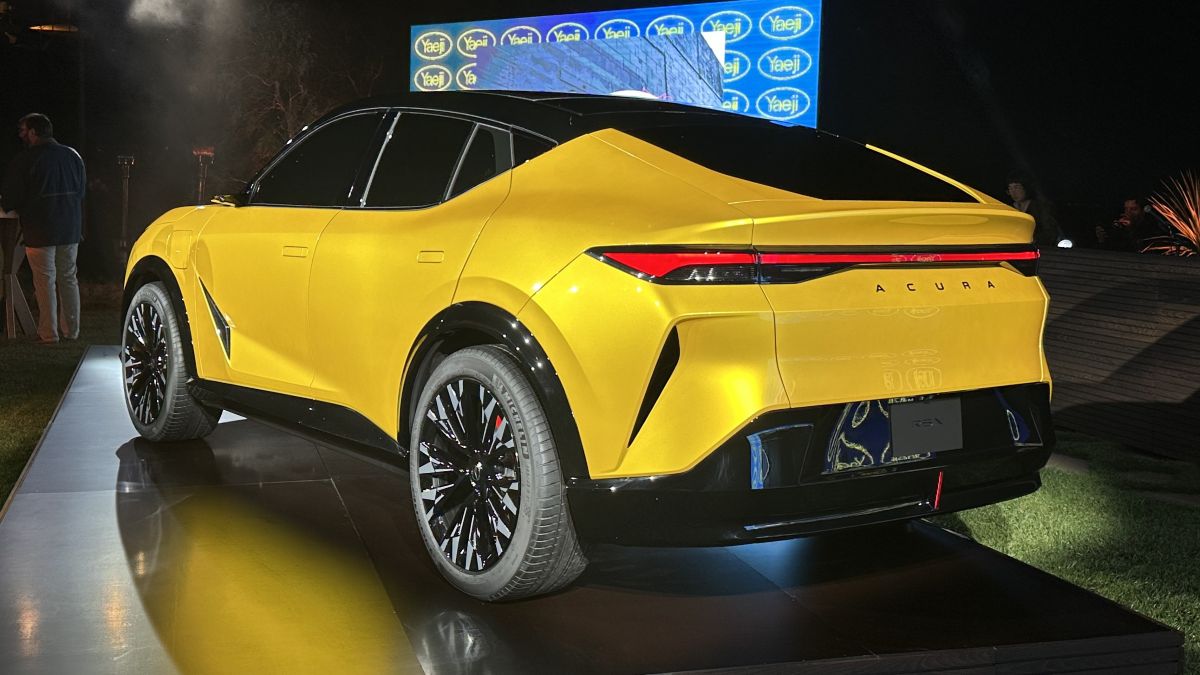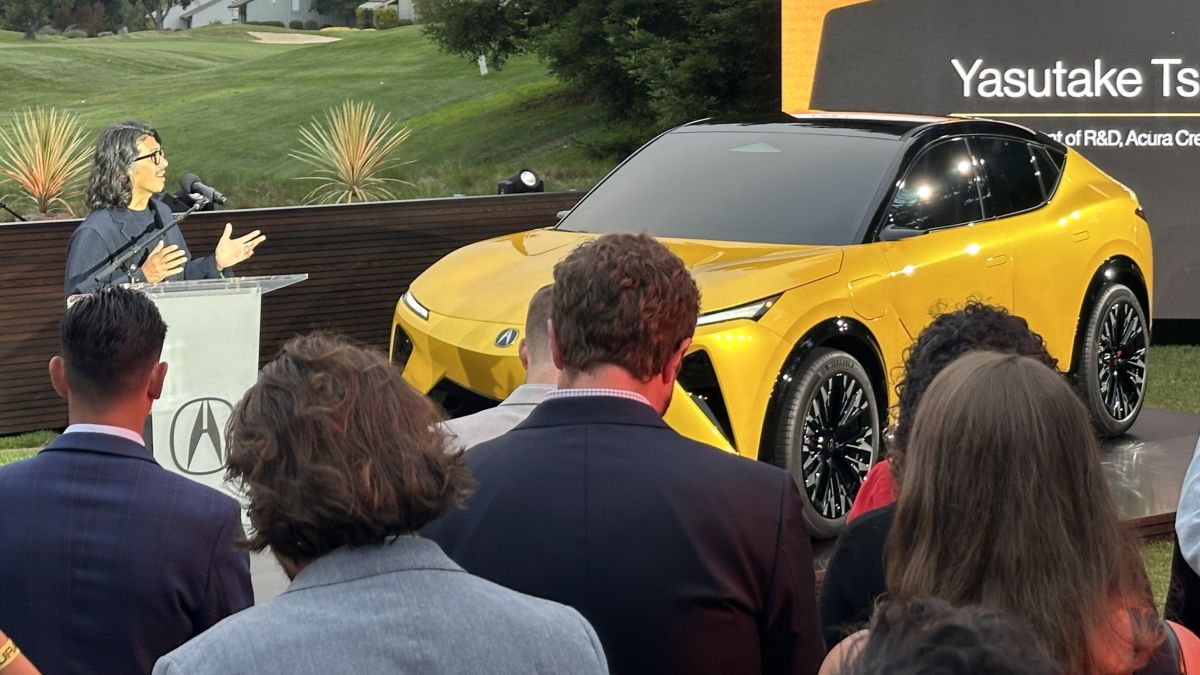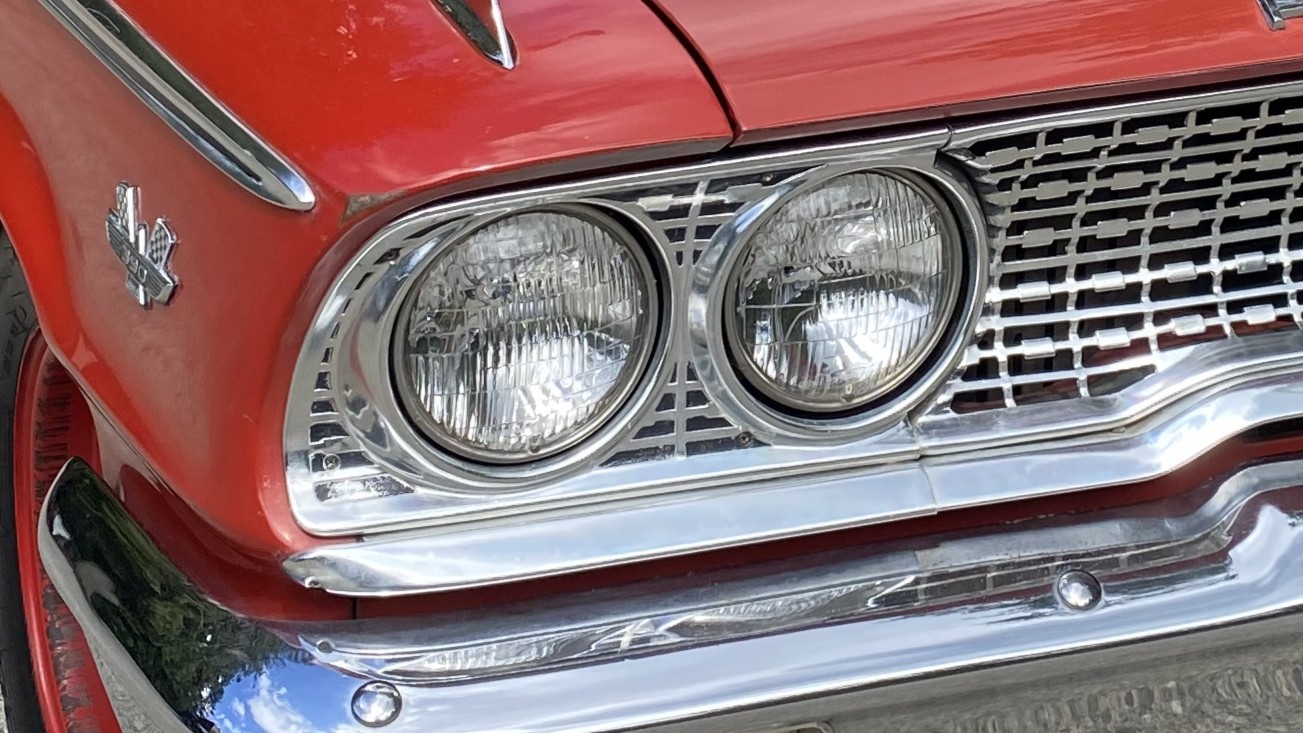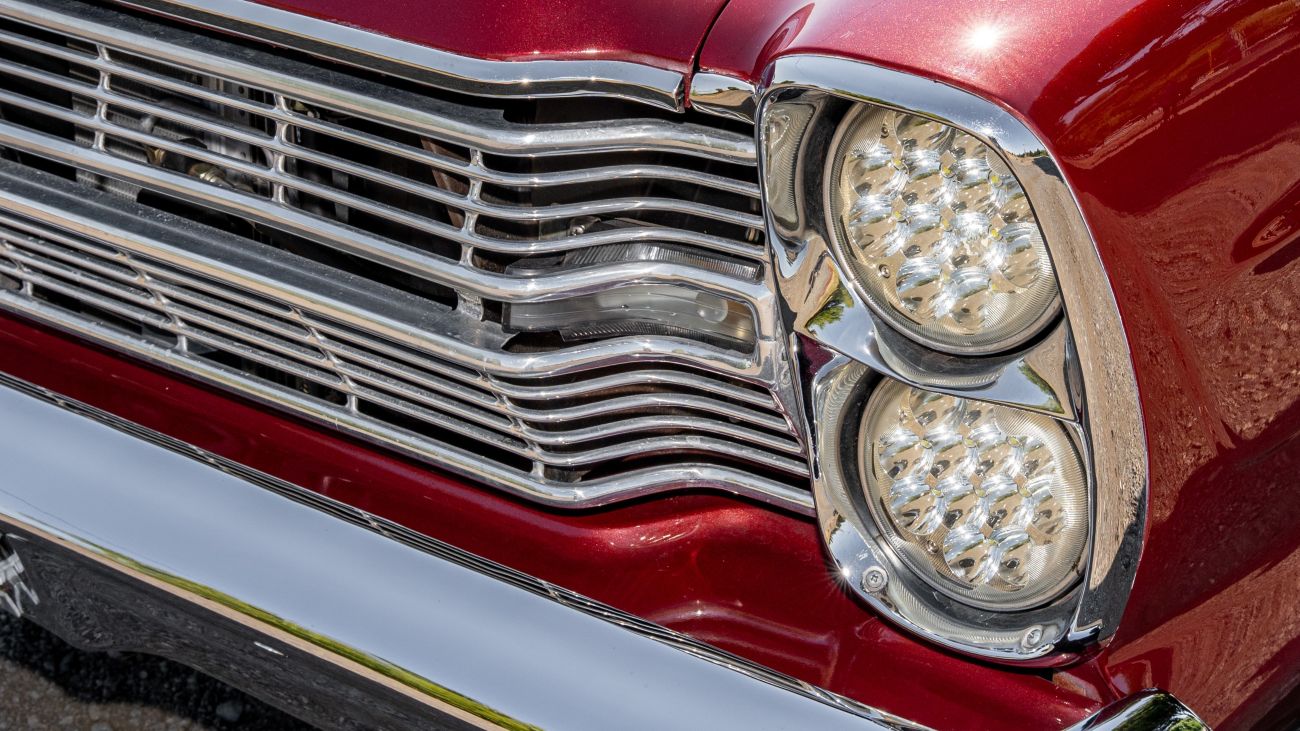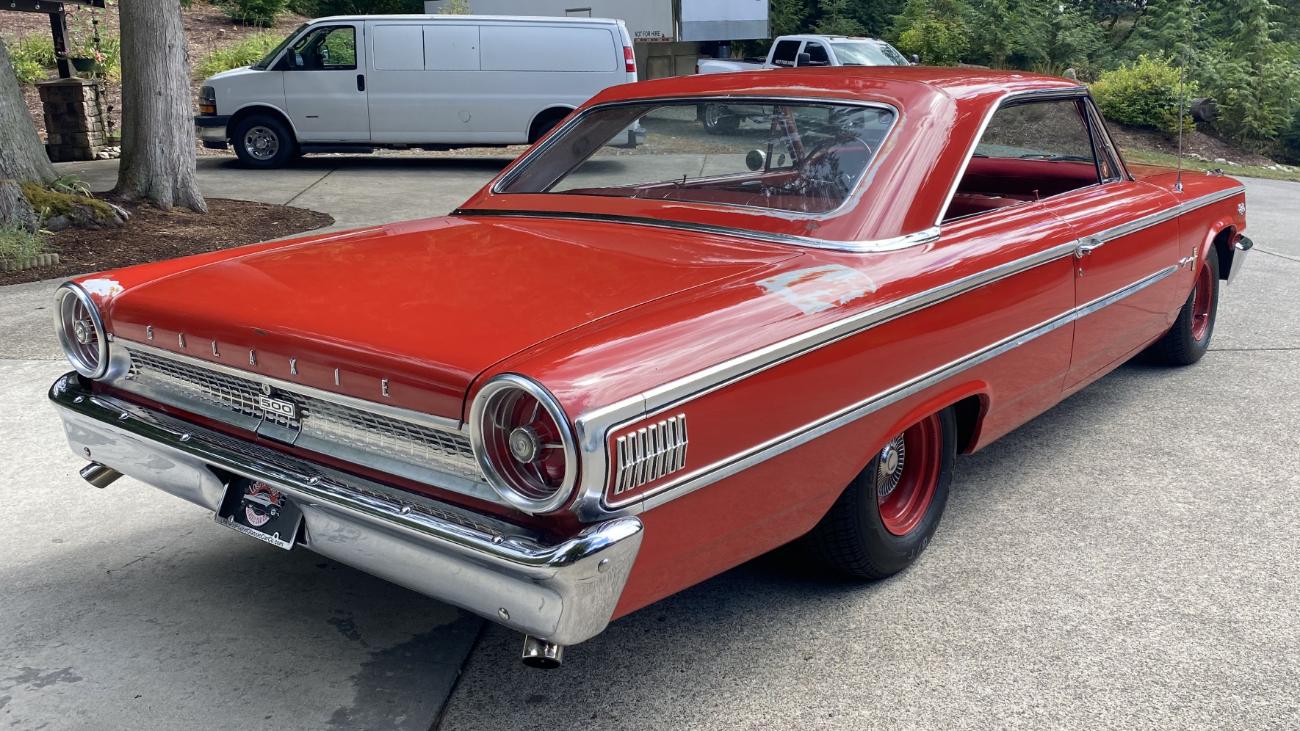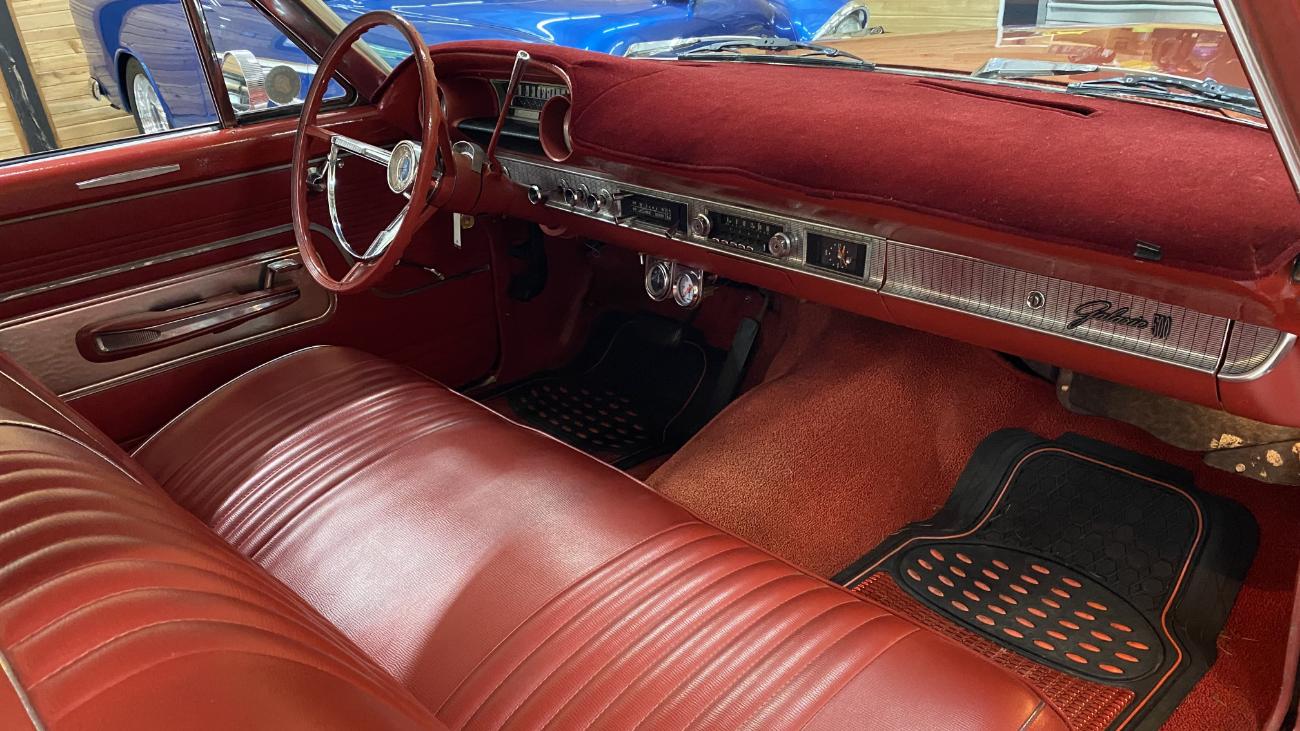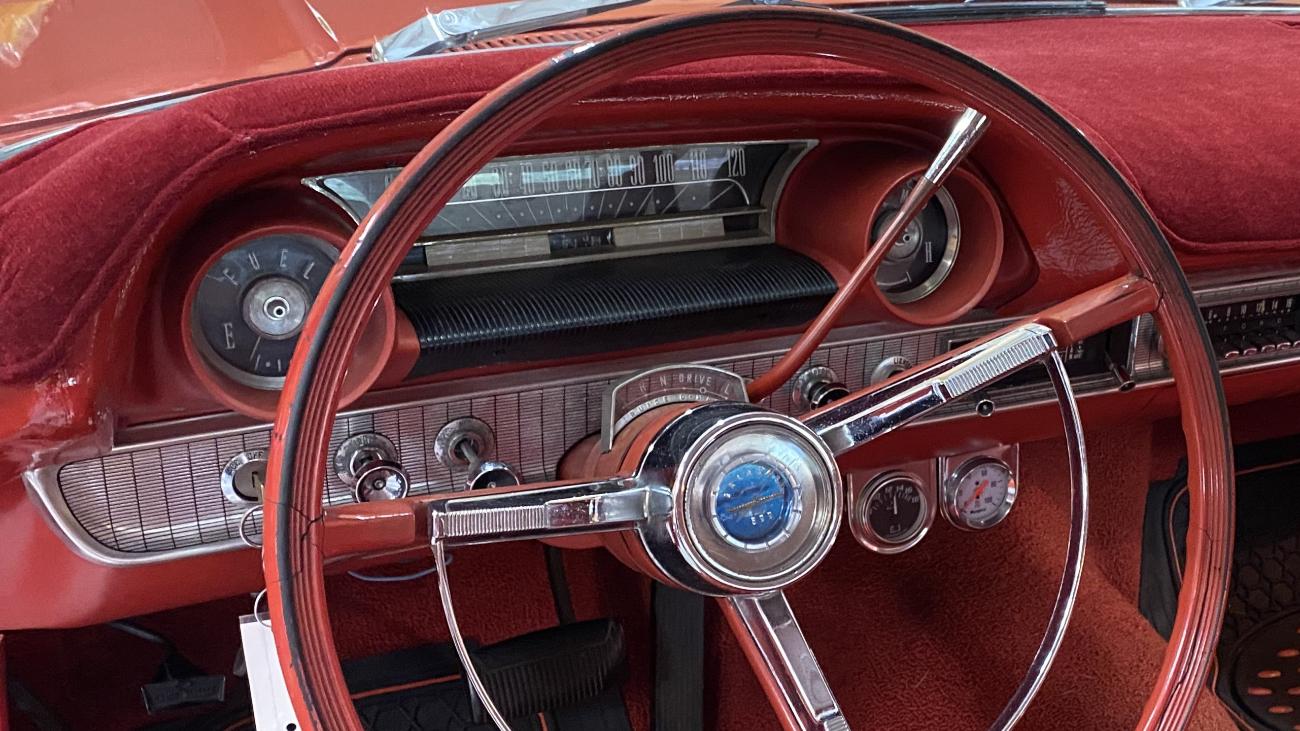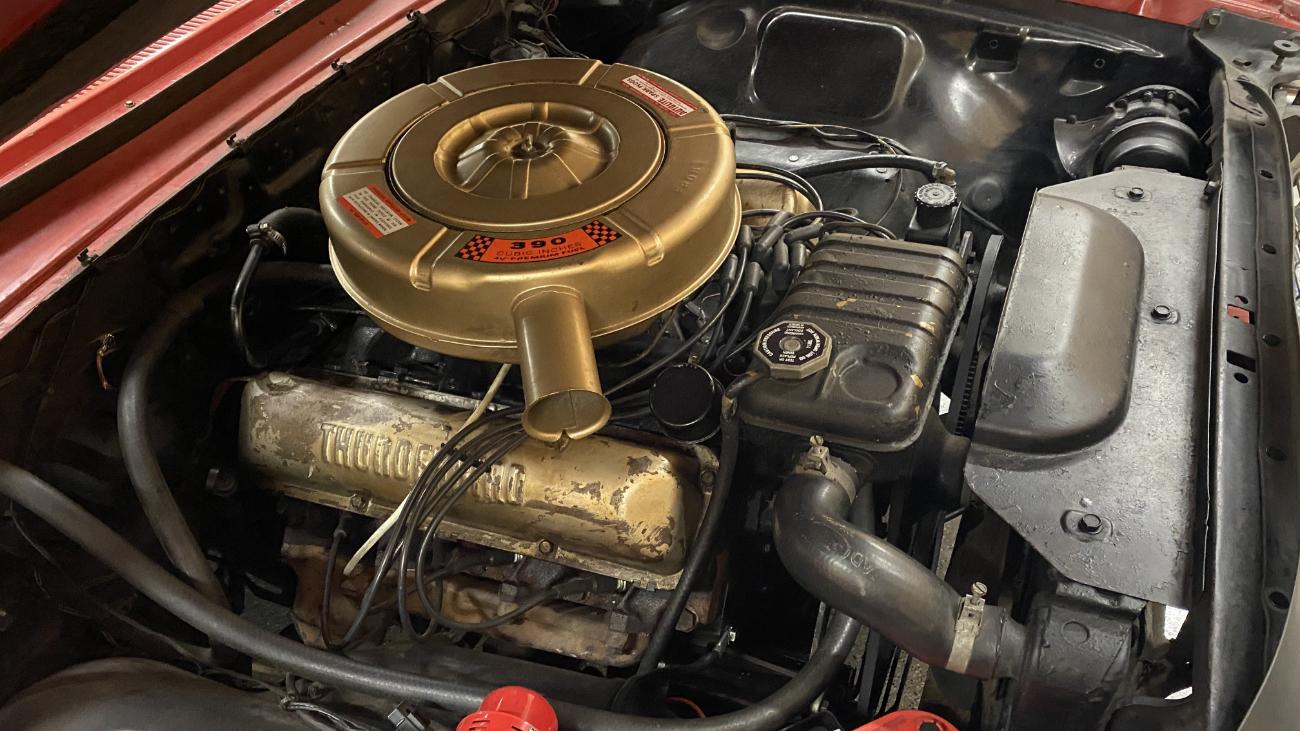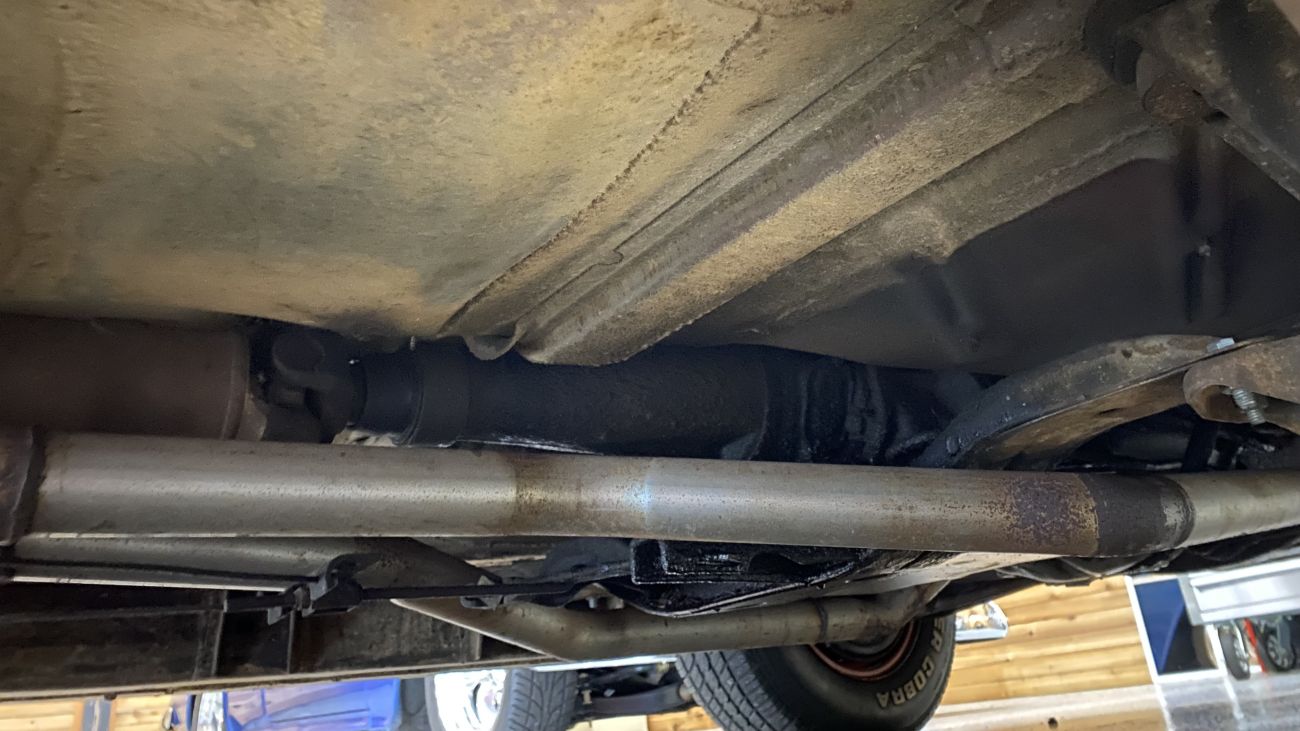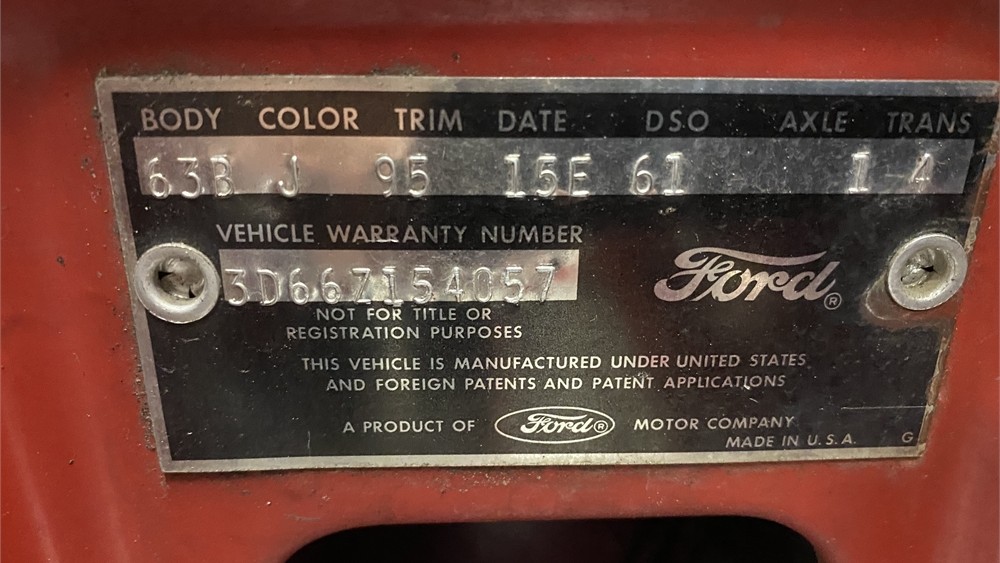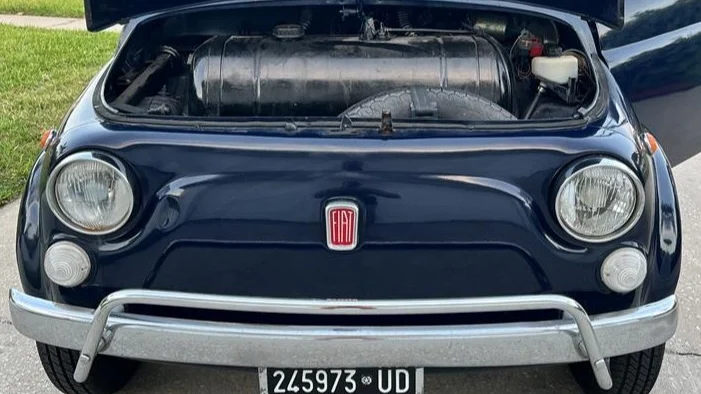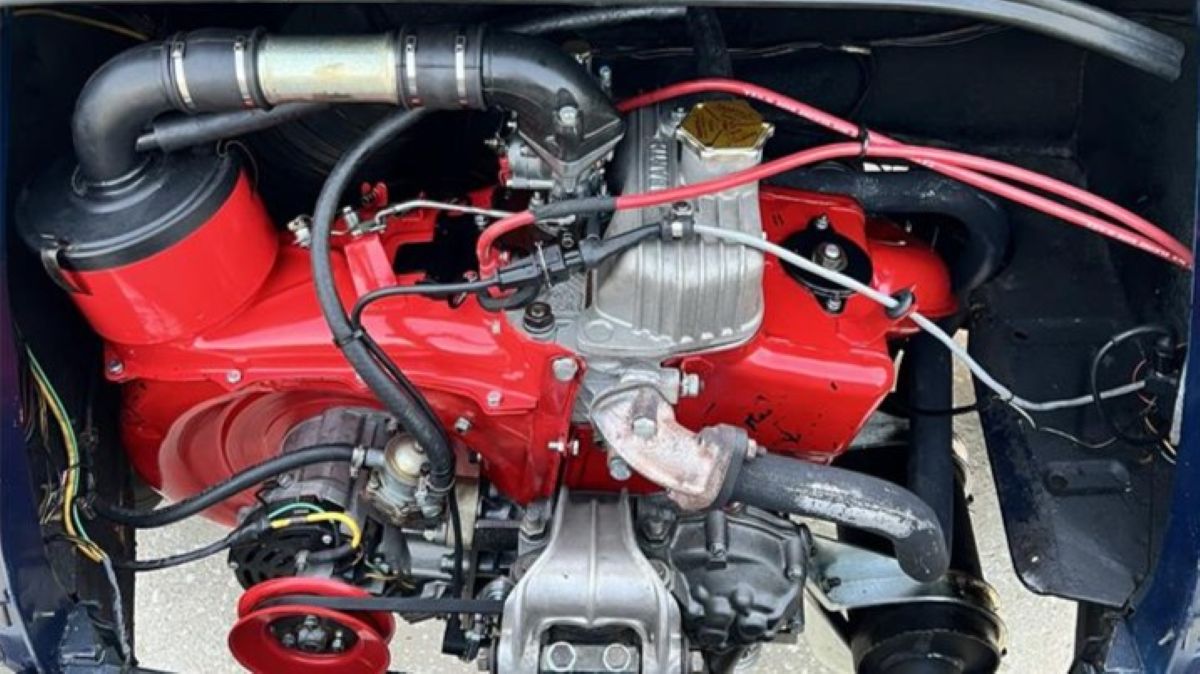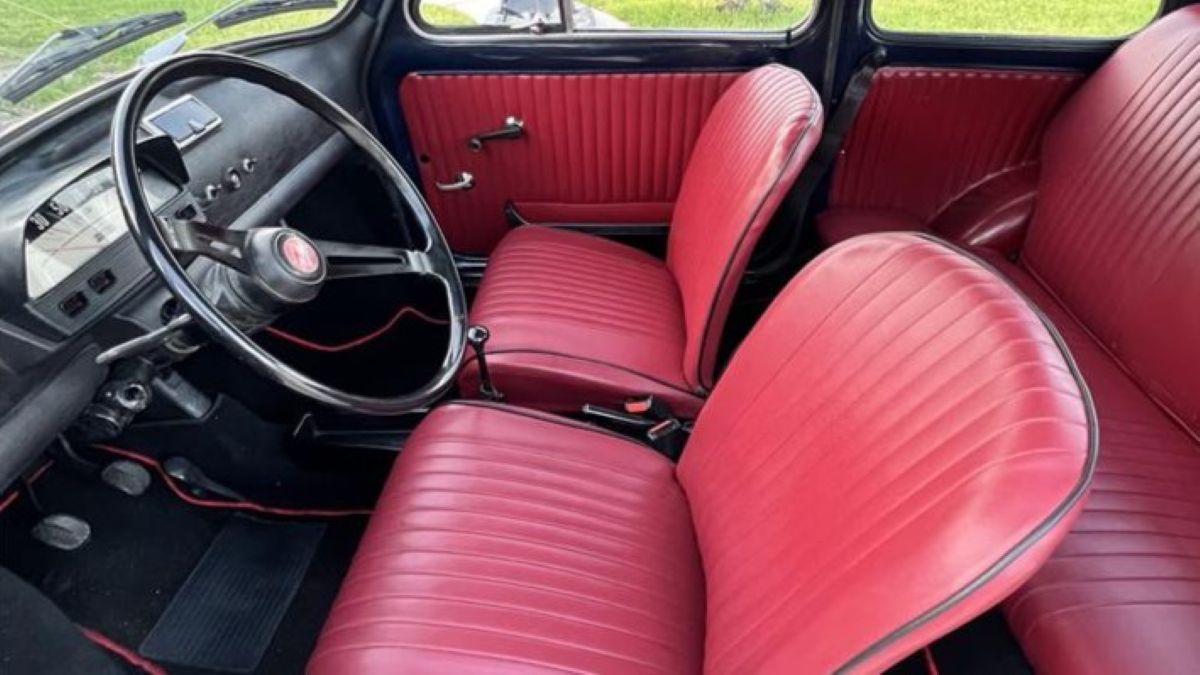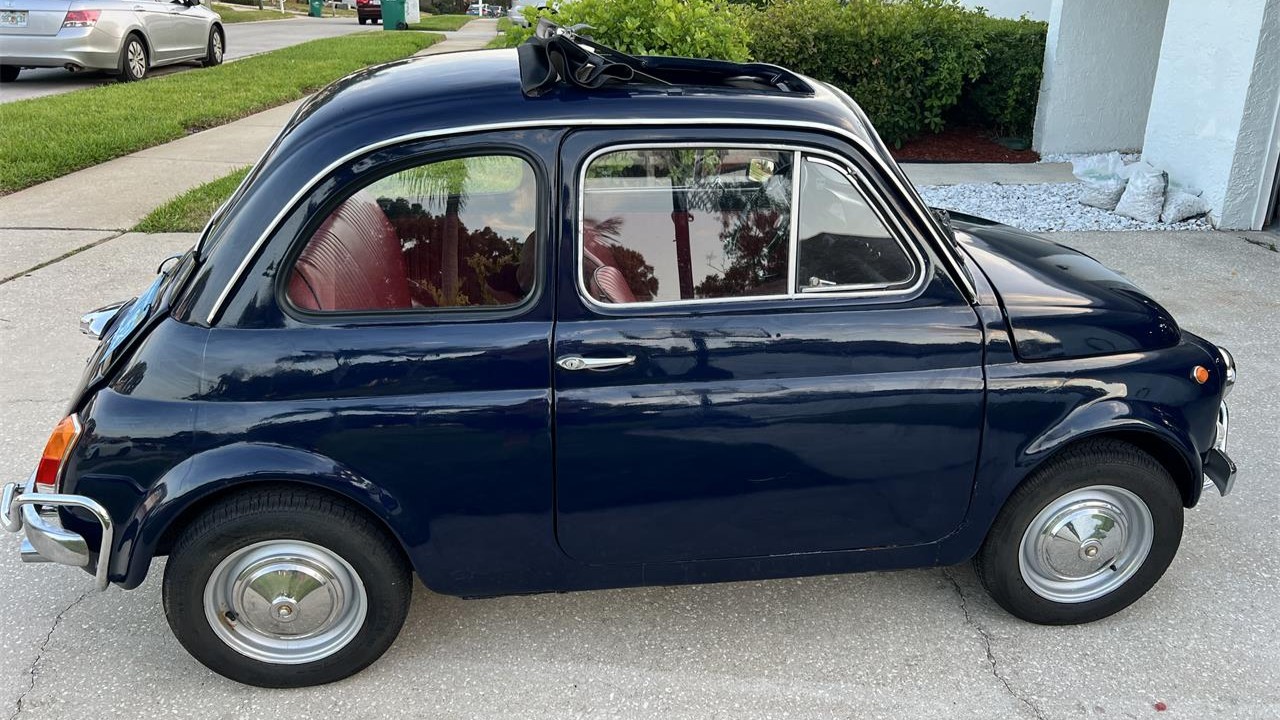This 1951 Ford Tudor sedan was the subject of a 13-year custom build completed in 2024 by the seller, who was the owner and operator of a body shop in Oregon for over three decades. During the build, the body was channeled, nosed, and decked, and the roof was chopped by 4″ at the front and 6″ at the rear. The quarter panels were extended, the bumpers were removed, the doors and drip rails were shaved, and a 1947 Oldsmobile grille was fitted, in addition to frenching the headlights and tunneling the taillights. Power is provided by a BluePrint Engines 347ci stroker V8 paired with a three-speed automatic transmission, and the chassis has been modified with an adjustable air suspension system as well as a rear four-link and power-assisted front disc brakes. Inside, the front bucket seats and rear bench are trimmed in tan leather along with the fabricated center console and custom door panels. Additional equipment includes a digital gauge panel, a touchscreen stereo unit, and 15″ wheels with full moon covers. This custom Shoebox Ford is now offered with a clean Washington title in the seller’s name.

The tudor sedan body was finished in matte blue with white rocker stripes following customization that included chopping the top 4″ at the front and 6″ at the rear as well as shaving the drip rails, extending the rear quarter panels, narrowing the rear body, and fabricating a custom deck lid along with a pointed tail pan and custom roll pan. The car is nosed and decked, the doors have been shaved, the side glass has been removed, and remote-controlled door poppers are installed. A grille assembly from a 1947 Oldsmobile was grafted to the front along with a custom valance, and additional modifications include frenched headlights and tunneled taillights.

The frame was boxed in sections and modified for the adjustable airbag suspension system, and the rear suspension utilizes a triangulated four-link assembly. Steel 15″ wheels wear full moon covers and are wrapped in Hankook Optimo radial tires. Braking is handled by power-assisted front discs and rear drums.

Custom floor supports and framework were fabricated to channel the body over the frame.

The interior features front bucket seats, a rear bench, a center console, and door panels trimmed in tan leather with brown stripes. The dash has a custom woodgrain insert and houses a touchscreen stereo unit, which is connected to a backup camera, according to the seller. Additional equipment includes a B&M shifter, aftermarket pedals, and a 12-volt power port along with gauges and controls for the air suspension system on the center console. The tilt-adjustable steering column remains unpainted.

The compressor and tanks for the air suspension are mounted in the trunk along with the battery and fuel filler.

The three-spoke steering wheel has a flame motif and frames a digital instrument panel with readouts for speed, engine RPM, voltage, oil pressure, coolant temperature, and fuel level. The digital odometer indicates 126 miles have been added since the build was completed.

The BluePrint Engines 347ci stroker V8 was installed in 2024 and features a Quick Fuel Technologies four-barrel carburetor. An aluminum radiator is installed, and stainless headers feed into a dual exhaust system with heat-wrapped tail pipes.

Power is routed to the rear wheels through a C4 three-speed automatic transmission and a Ford 8″ rear axle.

Photos taken at various stages of the build are included in the gallery below.
